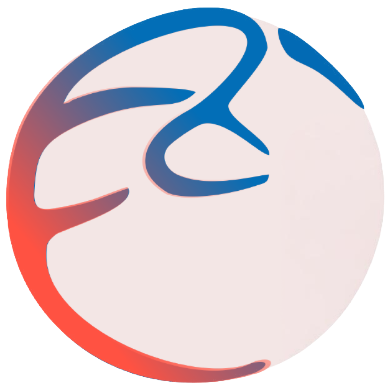
According to the World Health Organization (WHO), an estimated 2.2 billion individuals worldwide suffer from visual impairment (VI), defined as visual acuity (VA) worse than 6/12, with a significant portion of around 1 billion cases being preventable and yet unaddressed [1, 2]. Despite technological advancements and the availability of specialized ophthalmological centres in developed nations, the persistent issue of underdiagnosed ocular conditions remains a significant public health concern [1, 2]. The prevalence of myopia among children is substantial, with statistics indicating 50% of children develop myopia by the age of 12, increasing to a staggering 83% by the age of 18 [3]. In adults, diabetic retinopathy remains a leading cause of VI, from partial vision loss to complete blindness [3]. Aging populations worldwide are likely to accelerate prevalence of eye disease, thus emphasizing the urgency of developing innovative solutions to enable early detection and monitoring of these conditions [4, 5]. The growing global burden of VI highlights the pressing need for further innovative solutions to improve the diagnosis, monitoring and treatment of eye disease [4].
The assessment of VA is a fundamental aspect of ophthalmic evaluation, playing a critical role in diagnosing and managing VI [6]. However, the growing patient load observed in ophthalmology clinics worldwide have led to significantly prolonged waiting times for VA tests in clinics, adding to the already burdensome workload of ophthalmologists and allied health workers [7]. The need for regular in-person VA assessments further contributes to healthcare costs and demand, underlining the necessity for alternative approaches [8,9,10].
